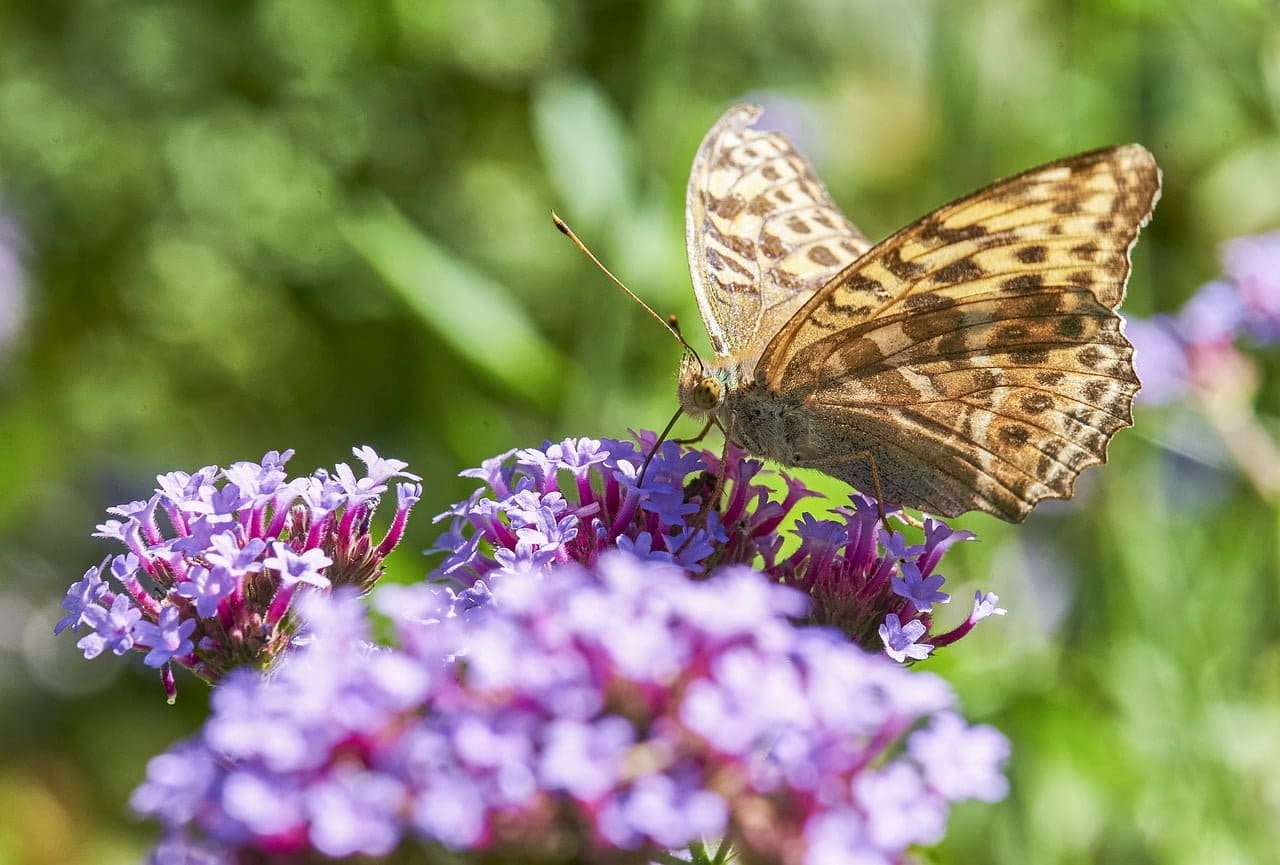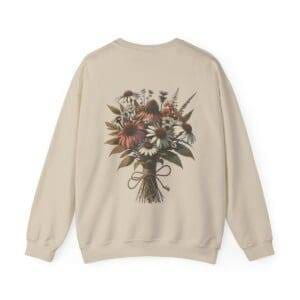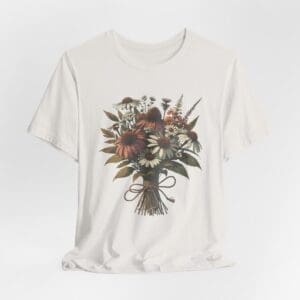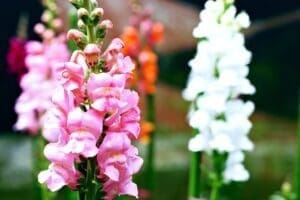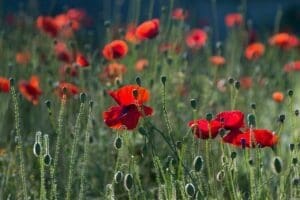Pollinators like bees, butterflies, and hummingbirds play a vital role in any garden. As their name suggests, pollinators help carry pollen from one flower to another, allowing plants to produce fruits, seeds, and the next generation of plants. Without pollinators, many plant species – including lots of human food crops – would struggle to survive.
By providing the right habitat conditions in your garden, you can create an oasis that attracts and supports diverse pollinator species. Follow these simple tips to turn your outdoor space into a pollinator paradise.
1. Create a Year-Round Food Supply

One of the keys to supporting pollinators is providing a continuous supply of flowering plants from early spring through late autumn. Different pollinator species are active at different times of the year, so aim to offer season-long blooms.
- In spring, pollinators need early food sources after a long winter. Plant early spring bulbs like crocuses, hyacinths, and daffodils. Shrubs like blueberry, viburnum, currants, and willows also produce nutritious early spring blooms.
- For summer, choose a variety of annuals, perennials, and herbs. Try bee balm, cosmos, echinacea, lavender, coreopsis, rudbeckia, sage, thyme, and basil.
- In autumn, asters, sedums, zinnias, and goldenrod provide late food sources before winter dormancy.
Make sure your flower beds, borders, containers, and window boxes include continuous blooms so pollinators always have access to nutritious nectar and pollen.
2. Incorporate Pollinator-Friendly Plants


When selecting plants, prioritize native species and plants specially adapted to attract visiting pollinators. Garden cultivars with double flowers may look showy but often lack accessible nectar and pollen. Stick to daisy-like flowers with shallow, open blooms that provide easy access for hungry pollinators.
Some specific pollinator-friendly plants to try:
- Wildflowers and flowering shrubs like coneflowers, asters, milkweed, sunflowers, currants, and butterfly bushes
- Herbs and vegetables like basil, cilantro, parsley, garlic, onions, squash, and melons
- Fruit shrubs and trees like blueberry, raspberry, apple, cherry, peach, and plum
A diverse garden with flowering plants of many colours, shapes, and sizes will attract and nourish the widest range of pollinators.
3. Avoid harmful Pesticides and Herbicides


Many common pesticides and weed killers are highly toxic to pollinators and other beneficial insects. The routine use of these chemicals reduces food sources and nesting habitat. Broad-spectrum herbicides and insecticides should be avoided whenever possible.
- Research plant-based organic pest control methods like companion planting, beneficial insects, and natural repellents using plants like garlic, onion, mint, or neem.
- For spot treatment of problem weeds, use shielding techniques or targeted manual removal rather than wide-scale spraying.
- Read all product labels carefully and avoid using insecticides and herbicides toxic to bees, butterflies caterpillars, and other pollinators.
With some planning, most garden pest problems can be prevented or controlled without endangering pollinators and other wildlife. An abundance of flowering plants also helps dilute and divert plant pests.
4. Provide A Water Source
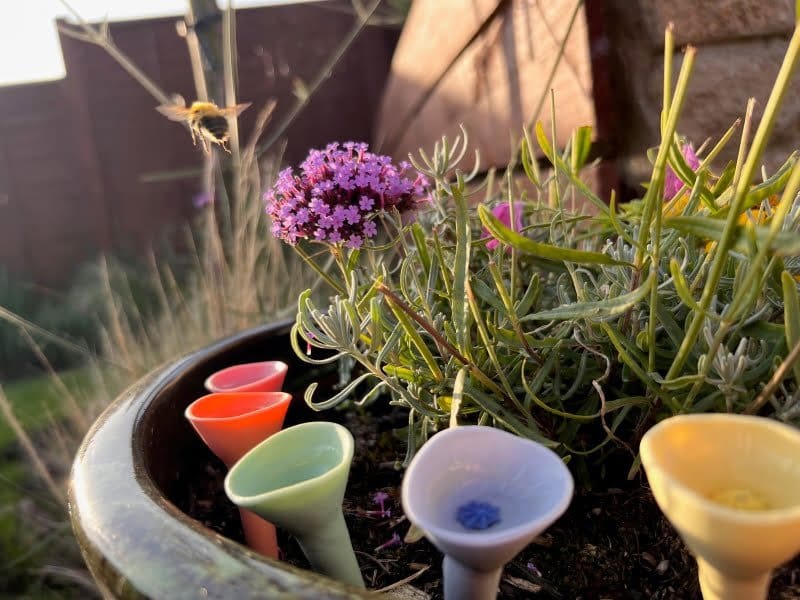

Like all living creatures, pollinators need access to clean water in your garden space. Water supports reproduction, metabolism, cooling, hydration and provides minerals. A clean, reliable water source close to food and shelter encourages pollinators to take up residence.
- Provide shallow bird baths, fountains, or small ponds for drinking and bathing. Depth should range from 1 – 3 inches.
- Refill water sources frequently and clean leaves or debris. Algae growth can be rinsed out with fast flowing fresh water.
- Add marbles, stones, corks, sponges or sticks. These provide safe landing pads for butterflies and prevent drowning of insects without wings.
Proper water placement matters too. Site water sources in sunny locations protected from strong wind. Areas near food sources and sheltered by trees or shrubs are ideal.
5. Create A Nesting Site for Bees
About 70 percent of bees lead solitary rather than hive-based social lives. Support these important native pollinators by providing suitable nesting sites in your garden.
- Leave dead trees, flower stalks, and some areas of soil undisturbed for ground nesters like bumble bees.
- Construct simple “bee hotels” for cavity nesters like mason bees. Drill holes of varying diameters into untreated wood, bundle reeds or bamboo tubes, or pack holes with paper straws or hollow sticks.
- Ensure nesting sites get plenty of sunlight and protection from rain and wind. Place them around 3 – 5 feet above ground near pollen and nectar sources.
- Consider adding raised beds with exposed soil for ground nesters. Apply mulch lightly and avoid garden fabrics barriers.
When provided with the basics, many solitary bees will happily occupy thoughtfully designed nesting habitats. Their pollination services will reward the effort.
6. Prioritize Host Plants for Butterflies
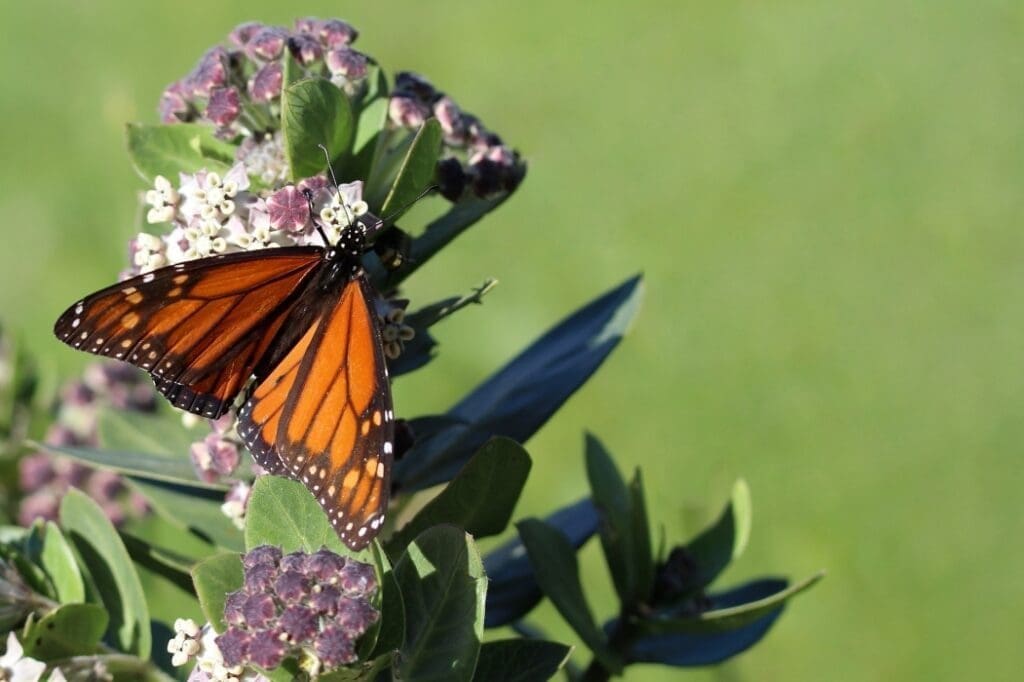

Butterflies have complex life cycles dependent on specific host plants. Caterpillars hatch, feed voraciously, and often pupate on or near these host varieties. Ensure your garden includes caterpillar host plants if you hope to support butterflies.
- Common milkweed is the only food source for Monarch caterpillars and essential to restore their declining populations.
- Native spicebushes, blueberry, oak trees, asters, and passionflower varieties host the larvae of Swallowtails and Fritillaries.
- Nettles, elms, hops, and members of the pea family feed Comma, Question Mark, Painted Lady, and other species.
Accept some leaf munching damage as the cost of sustaining future butterflies. Your patience will be rewarded with amazing metamorphosis and energetic garden pollination from these iconic insects.
7. Reduce Lawn Mowing Frequency
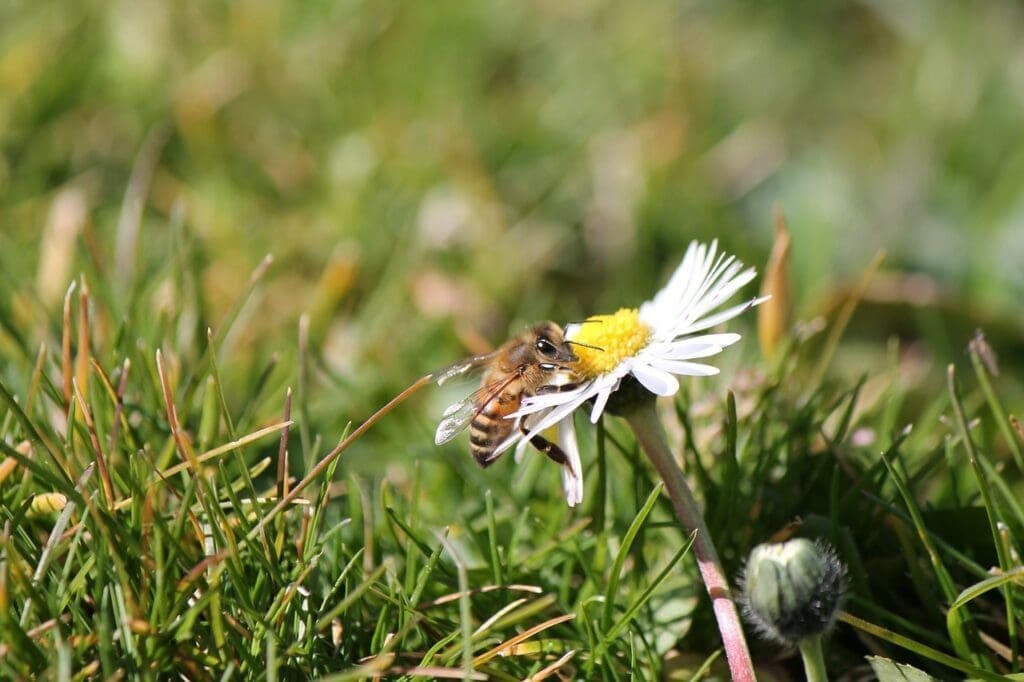

Convert lawn space into more pollinator habitat with intentional negligence. Let “weeds” like dandelions, clover, creeping Charlie and dead nettle bloom freely. Their flowers provide essential early season and midsummer nutrition.
- Relax mowing to intervals of 2-3 weeks after spring growth begins.
- Raise cutting height to 3+ inches to encourage blooms and protect foraging pollinators
- Spot treat or manually remove problem areas rather than douse entire lawn with herbicides
- Transition portions of lawn into low-care pollinator meadows and save time while supporting species diversity
Healthy green turfgrass still has a place in landscapes, but shrinking and diversifying lawn areas provide better habitat for the many wild pollinator species that uphold garden and agricultural food webs.
FAQ’s – How to Attract Pollinators to Your Garden.
Q. How Can I Attract Pollinators in Limited Space?
Don’t let small spaces deter you from supporting pollinators. Container gardens, window boxes, and even indoor flowering plants provide habitat. Reduce pesticide use on exterior surfaces, build mini bee hotels, set out shallow water dishes, and let potted flowering herbs bolt. Urban green roofs offer low-effort pollinator oases too.
Q. What Are Some Examples of UK Native Pollinator-Friendly Plants?
Try incorporating well-adapted native plants like daisy, cornflower, foxglove, poppy, primrose, honeysuckle, bluebell, orchids, hawthorn, roses, lavender, buddleia, willow, and fruit trees. Support specialized UK species like the Scottish primrose or the narrow-leaved lungwort flowering on the Pembrokeshire cliffs. Regional plant lists available from conservation groups guide local choices.
Q. How Can I Control Garden Pests Without Harming Pollinators?
Exclude pests by covering vulnerable plants during key life stages, remove infested material promptly before pests spread, rely on natural predators and parasitoids already in your space, tolerate some damage, improve growing conditions to strengthen plants, and use targeted organic treatments like horticultural oils or insecticidal soaps only when absolutely necessary.

